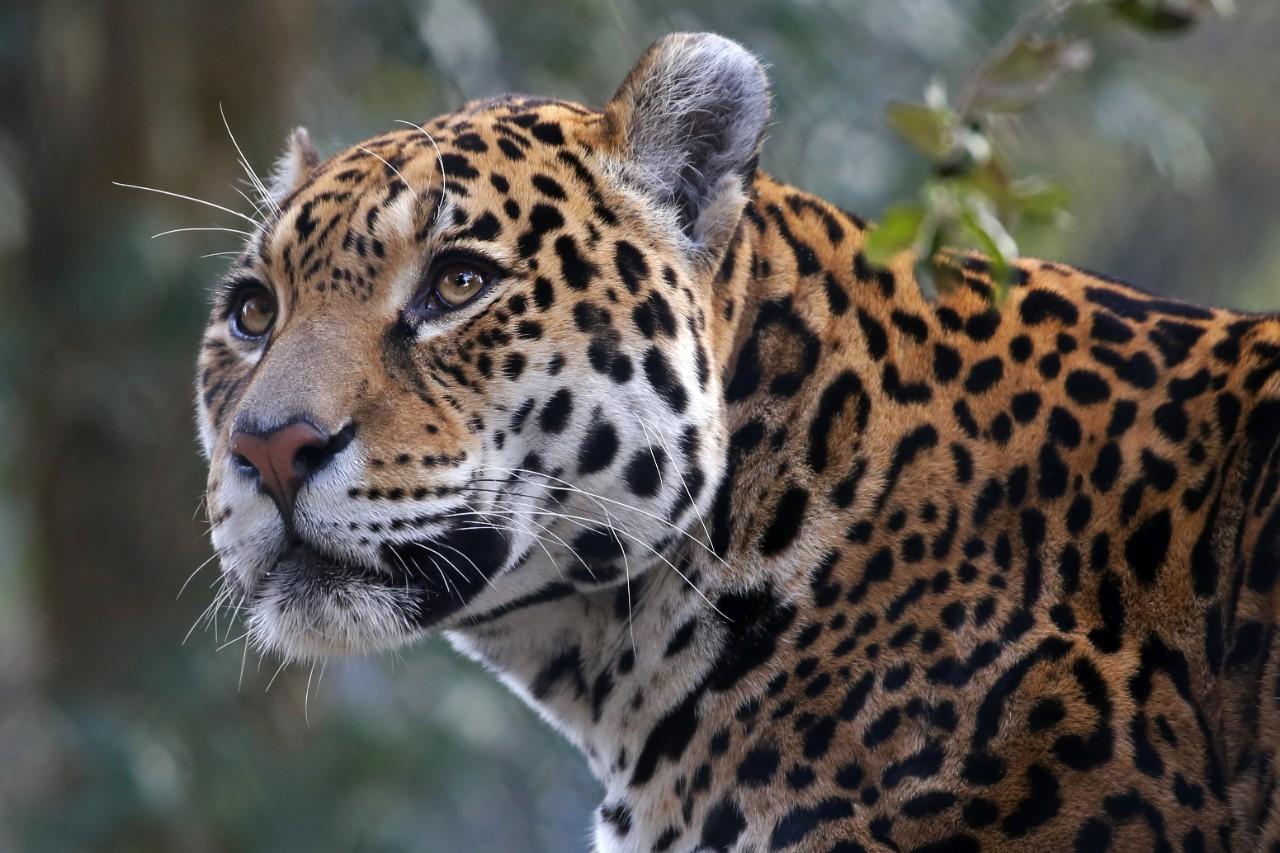Using the past to maintain future biodiversity

Jaguar. Edwin Butter / Shutterstock
New research shows that safeguarding species and ecosystems and the benefits they provide for society against future climatic change requires effective solutions which can only be formulated from reliable forecasts.
An international team of scientists led by researchers from the University of Adelaide and University of Copenhagen, has identified and examined past warming events similar to those anticipated in the coming decades, to better understand how species and ecosystems will cope.
”Reference periods in Earth’s history serve as natural laboratories for understanding biodiversity responses to climate change and improving strategies for conservation under ongoing and future climate change,” says lead author Associate Professor Damien Fordham from the University of Adelaide’s Environment Institute.
Approximately 40 per cent of terrestrial ecosystems are projected to have experienced shifts in temperature during the past 21,000 years that are similar in pace and magnitude to regional-scale future forecasts.
“Studying locations in regions such as the Arctic, Eurasia, the Amazon and New Zealand can inform numerous international conservation plans for species and ecosystems around the world,” says Associate Professor Fordham.
“Using fossil and molecular data from these areas, together with advanced computational approaches, we have identified biological responses to potentially dangerous rates of climatic change.
“This new knowledge from the past tells us that terrestrial biodiversity will experience significant changes in response to future global warming. These include wide-scale species declines, threatening the goods and services ecosystems provide to humanity.”
Associate Professor David Nogues-Bravo from the University of Copenhagen was co-author of the study which is published in the journal Science.
“Beyond intrinsic knowledge gain, this integrative research is providing relevant context and case studies that can minimize biodiversity loss from climate change,” he says.
“This includes identifying what causes some species to be more prone to climate-driven extinction than others, and how to improve early-warning systems signalling population collapse, extinction or ecosystem shifts as a result of climate change.”
“Studying locations in regions such as the Arctic, Eurasia, the Amazon and New Zealand can inform numerous international conservation plans for species and ecosystems around the world.”Associate Professor Damien Fordham.
The team emphasises that integrating knowledge of biodiversity responses to past warming events into 21st century environmental management demands clear guidelines.
“Ongoing climate change poses an important challenge for biodiversity management, and our research shows how the recent geological past can inform effective conservation practice and policy,” says co-author Stephen Jackson from the U.S. Geological Survey.
“Conservation biologists are now taking full advantage of the long-term history of the planet as recorded in paleo-archives, such as those gathered by our team, to understand biological responses to abrupt climate changes of the past, quantify trends, and develop scenarios of future biodiversity loss from climate change,” says Associate Professor Fordham.
The research is part of a global exercise, involving a large number of academic institutions and the International Union for the Conservation of Nature, covering a wide range of species, ecosystems and regions.
Media contacts:
Associate Professor Damien Fordham, The Environment Institute, The University of Adelaide. Mobile: +61 (0)477 303 470, Email damien.fordham@adelaide.edu.au
Associate Professor David Nogués-Bravo, University of Copenhagen Mobile: +45 (0)274 793 99, Email: dnogues@sund.ku.dk
(may be interviewed in Spanish).
Prof. Stephen T. Jackson, U.S. Geological Survey. Mobile: +1 (0)307 761 5655, Email: stjackson@usgs.gov
Crispin Savage, Senior Communications and Media Officer, The University of Adelaide. Mobile: +61 (0)481 912 465, Email: crispin.savage@adelaide.edu.au
